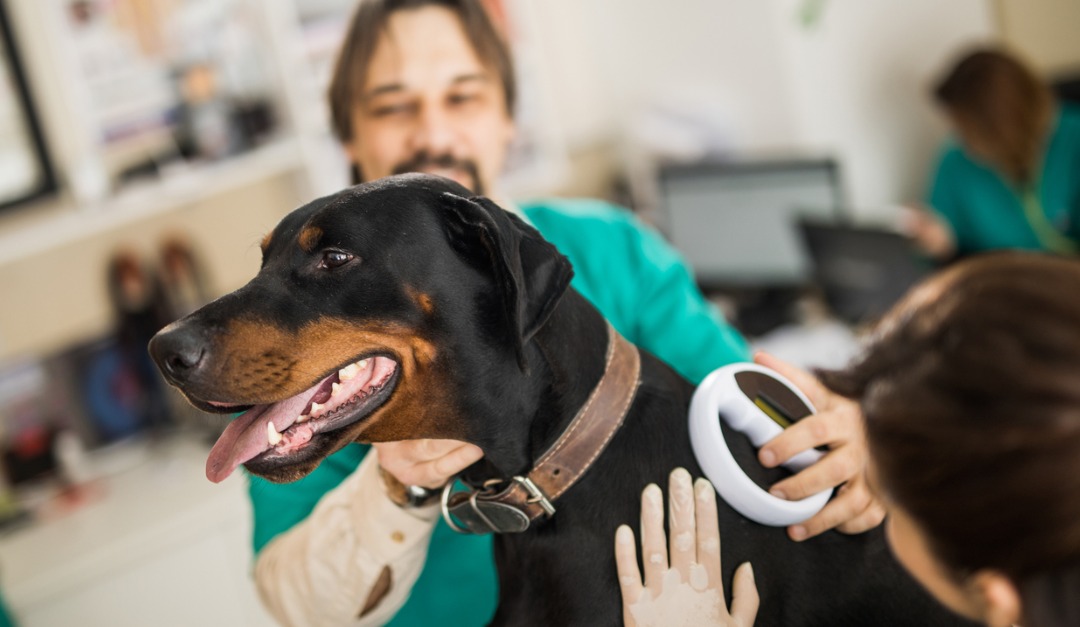
Reasons You Should Microchip Your Pet
Millions of pets go missing each year, and many are never reunited with their owners. If your pet has a collar and a tag engraved with its name and your contact information, the tag may become damaged and difficult to read, or the collar may fall off or be removed, making it impossible for someone who might find your pet to contact you. Microchipping is a simple solution.
How Does Microchipping Work?
A microchip is an electronic chip around the size of a grain of rice that is enclosed in a glass cylinder. A veterinarian can insert a microchip under a pet’s skin using a hypodermic needle that is a bit larger than a needle used for an injection. The process can be performed at a routine office visit, doesn’t cause any more pain than a typical injection and doesn’t require anesthesia.
Each microchip has a registration number and each manufacturer has a database that stores pet owners’ contact information. Some manufacturers also let owners include pets’ medical information. A microchip doesn’t contain a GPS and can’t track a pet’s location.
If your pet gets lost and someone finds it and takes it to a veterinary office or animal shelter, an employee can scan the animal. When a scanner passes over the area where the microchip is located, the scanner emits radio waves that activate the chip, and the chip transmits its identification number to the scanner. The employee can then access your contact information and notify you that your pet has been found. If you get your pet microchipped, be sure to complete the registration and keep your contact information up to date.
Most veterinary offices and animal shelters have handheld readers that can scan microchips, but several systems are used and they work at different frequencies. The International Standards Organization has recommended a global standard. You’ll have the best chance of being reunited with a lost pet if you choose an ISO microchip.
Is There a Risk to Microchipping?
A small number of pets have experienced adverse reactions to microchips, such as swelling, infection and hair loss. A handful have developed tumors, but in many of those cases it wasn’t clear that the microchip was the cause.
Sometimes a microchip migrates away from the site where it was implanted, which can make it difficult to read. When you take your pet to the veterinarian for routine exams, ask an employee to scan the microchip to make sure it can be detected.
Talk to Your Veterinarian
Losing a pet and not knowing what happened to it can be devastating for anyone, but particularly for children. A microchip can dramatically increase the odds of being reunited with your pet. Since a microchip is inserted under the skin, it can’t be lost or separated from the pet, so the animal will always be identifiable. The cost is relatively low compared to the potential emotional effects of losing your four-legged friend. If your pet hasn’t been microchipped, discuss it with your veterinarian.


